Building strength at home doesn’t require a fully-stocked gym or expensive machines. In fact, calisthenics—bodyweight training—thrives on minimal equipment and maximum efficiency. After years of experimenting, investing, and occasionally wasting money, I’ve narrowed down the absolute best calisthenics equipment for creating a functional home gym.
Whether you’re just starting out or looking to upgrade your current setup, this guide covers the essential calisthenics equipment for home that offers the most value and versatility. Here’s what’s worth your money—and what you might want to skip.
Disclosure: We may earn a commission from some links, at no extra cost to you. We only recommend products we genuinely trust
What Is the Best Calisthenics Equipment for Home Gyms?
When deciding what to include in this list, I looked for gear that checks three boxes:
- Versatility – Equipment that lets you train multiple muscle groups or perform multiple exercises.
- Space efficiency – Since many of us are working with limited room, compact and easy-to-store gear is key.
- Cost-effectiveness – The goal is to get the most value without breaking the bank.
The three standout picks—what I call the Golden Trio—are the absolute essentials. After that, I’ll walk through a few bonus items that are still worth considering depending on your goals and budget.
1. Pull-Up Bar
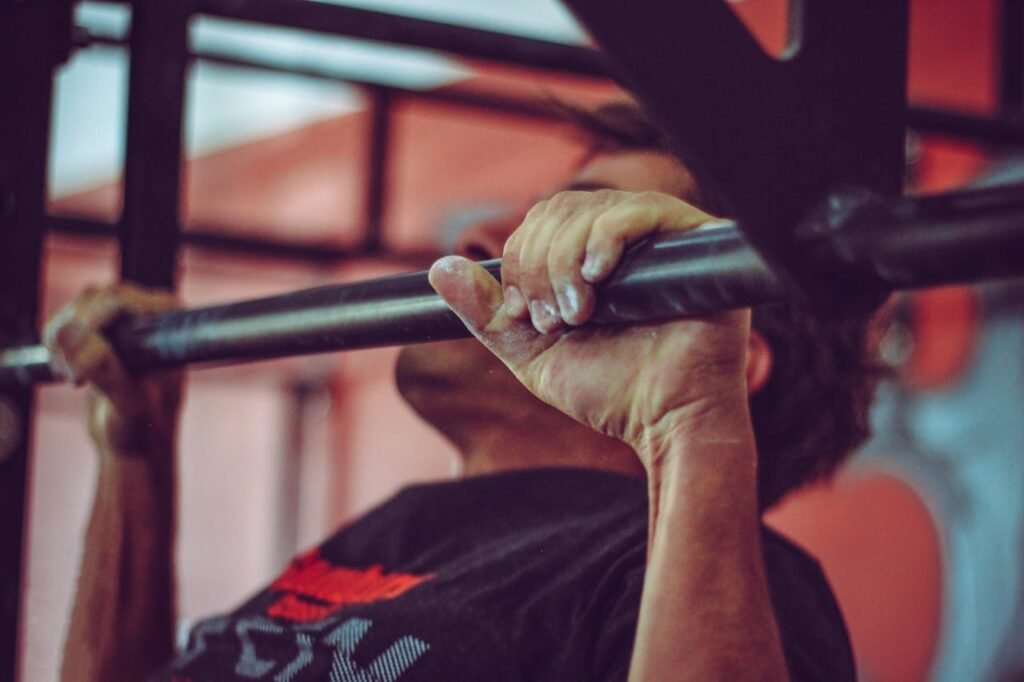
A solid pull-up bar is the foundation of any calisthenics home gym. Pulling exercises like chin-ups, pull-ups, and leg raises are essential for developing your back, arms, and core—and there’s simply no substitute for being able to hang.
Why it’s essential:
Pulling motions are hard to replicate without a bar. Even if you master push-ups and dips, skipping pull exercises will limit your upper body progress.
Recommended types:
- Doorway pull-up bars (pressure mounted): Cheap and easy to install, but risky for weak frames.
- Hook-over-door bars: A safer option if your door frame has a sturdy ledge.
- Wall/ceiling-mounted bars: More permanent, but the most stable.
- Freestanding rigs: Large and expensive—only worth it if you have the space.
My experience:
I started with a doorway bar, but eventually moved to a wall-mounted model. The added stability lets me train front levers, muscle-ups, and explosive pull-up variations. If you can install one securely, it’s a game changer.
Pros: Versatile, compact, great value
Cons: Installation may be tricky for renters
Price Range: $30 – $120
- 💪1.HEAVY DUTY CONSTRUCTION: The pull up bar make of 1.7mm thickened refined heavy steel and the fine powder coating prev…
- 💪 MULTI-FUNCTION HOME GYM: We present you an extra resistance bands set with high quality,Package includes 2*resistance …
- 💪UPGRADED DOUBLE SILICONE PROTECTION FOR DOOR FRAME:We have upgraded the traditional foam that contacts the door frame t…
2. Gymnastic Rings – Versatile Calisthenics Equipment for Home Training
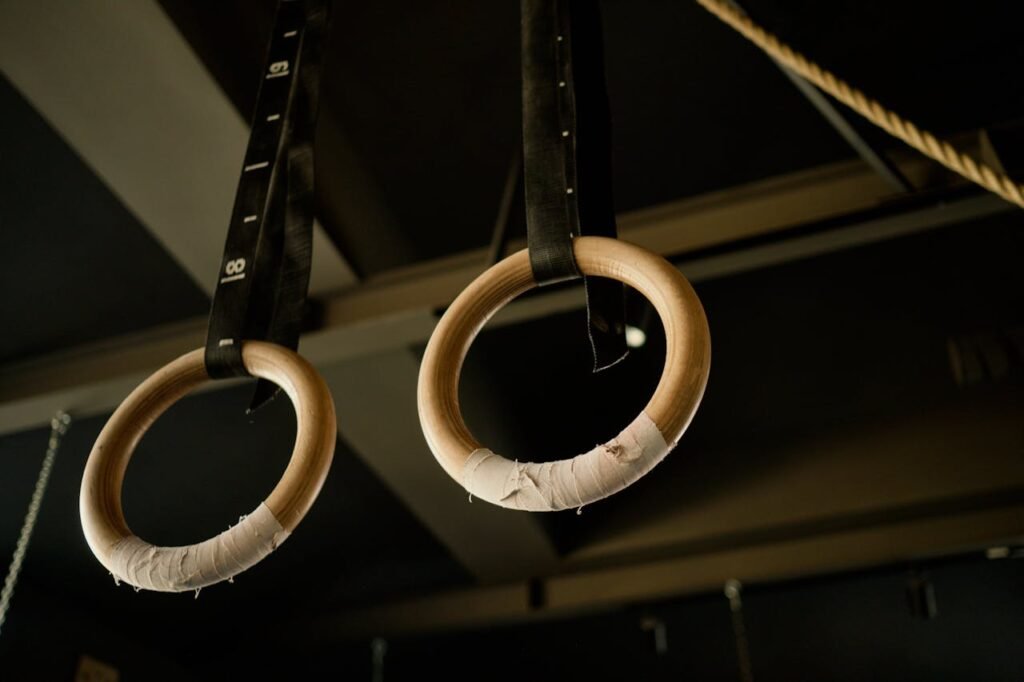
If I had to pick the most underrated calisthenics tool, it would be gymnastic rings. These simple wooden loops unlock a massive range of upper body and core exercises, and their instability forces your muscles to work harder.
Why it’s essential:
Rings let you train everything—pull-ups, dips, rows, push-ups, and static holds. Plus, they’re portable and can replace multiple other tools.
Recommended materials:
Always go with wooden rings. They offer superior grip and feel better on the hands than plastic.
Setup tips:
- Hang from your pull-up bar or use ceiling hooks.
- Train indoors or outdoors—just make sure the anchor point is strong.
Need help getting started? Here’s a helpful beginner tutorial on how to use gymnastic rings safely and effectively.
My experience:
Rings completely changed how I train. The ability to do dips, L-sits, and muscle-up progressions on one piece of gear makes them a staple. I rarely touch parallettes or dip bars if I have rings handy.
Pros: Portable, full-body training, scalable for all levels
Cons: Slight learning curve for beginners
Price Range: $35 – $70
- (Ultra-high Load-bearing Performance 1.25″ Olympic Rings) The exercises gymnastic rings are made of birch wooden 1.25″,w…
- (Easy Safe Installation Buckle for Dual Protection) this gym rings set can fast and secure set-up by simply passing thro…
- (Easy Use Numbered Straps Gymnastic Rings) Easy Use number straps provide a tighter and perfect height symmetry. And it …
3. Parallettes – Wrist-Friendly Calisthenics Equipment for Home Workouts
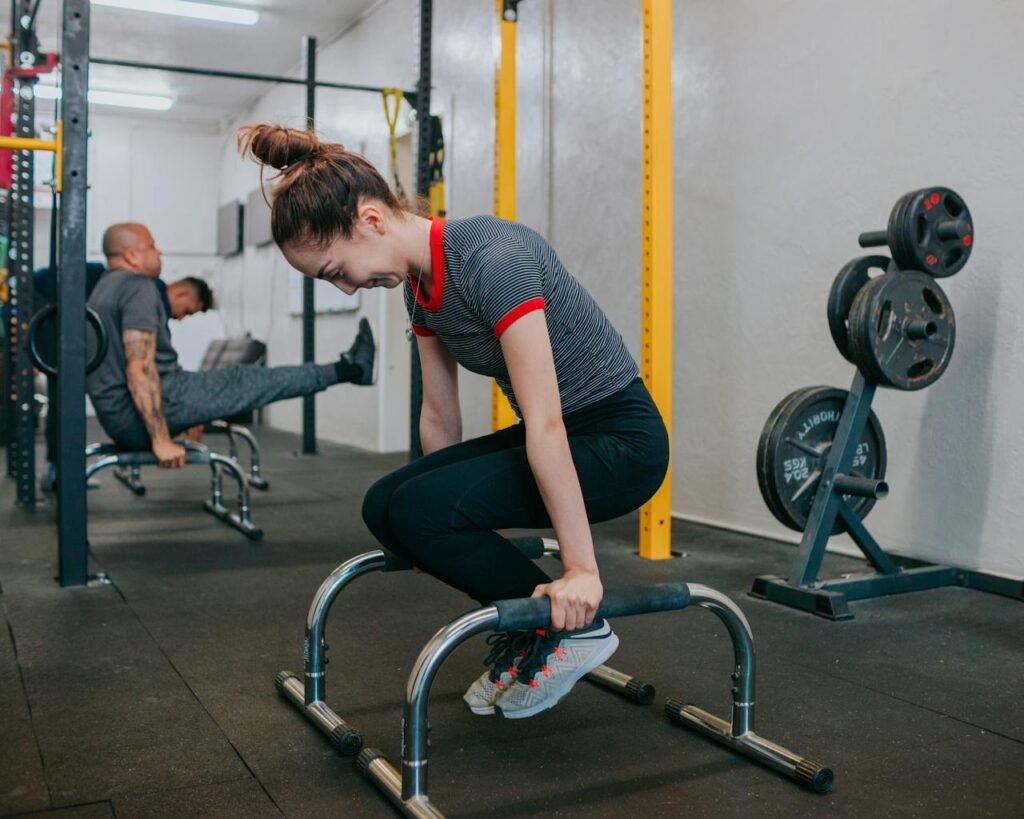
Parallettes give you a neutral grip for push-ups, handstands, L-sits, and planche progressions. They also relieve wrist pressure, which is crucial if you’re training frequently or working on advanced skills.
Why it’s essential:
These are key for pressing exercises and gymnastic movements. Tall parallettes also allow for deeper push-up ranges and handstand push-ups.
Types to consider:
- Low parallettes: Great for L-sits and push-ups.
- Tall parallettes: Better for dips, deeper range of motion, and elevated movements.
What to avoid:
Flimsy plastic push-up bars. They’re uncomfortable and unstable. Go for wooden or metal versions with a wide base.
My experience:
I’ve used mine for over six years and still rely on them for daily workouts. They’re durable, easy to store, and give me room to explore progressions safely.
Need help getting started? Here’s a helpful beginner tutorial on how to use Parallettes safely and effectively.
Pros: Great for push strength, wrist-friendly
Cons: Limited pulling options
Price Range: $10 – $100
Bonus Calisthenics Equipment for home (Still Worth It)
While not essential for everyone, these tools enhance your training and help bridge gaps in strength or skill development.
4. Resistance Bands
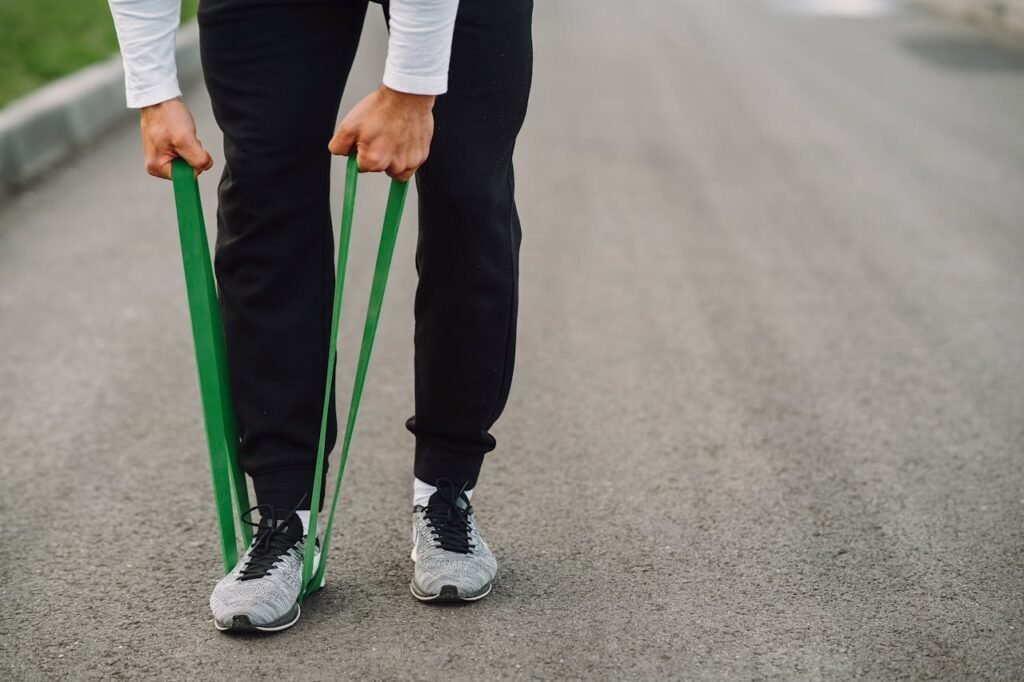
Perfect for beginners and advanced athletes alike, resistance bands are one of the best accessories you can add to your setup. Use them to assist pull-ups, add resistance to push-ups, or warm up before a workout.
Need help getting started? Here’s a helpful beginner tutorial on how to use Resistance Bands safely and effectively.
Pros: Affordable, multi-use, great for progressions
Cons: Can snap if overused
Price Range: $15 – $40 (per set)
Top Use: Skill progressions like front levers or muscle-ups
- 125 LBS RESISTANCE VALUE – The resistance bands have 5 colors standing for different resistance levels, yellow (15lb), r…
- IDEAL EXERCISE BANDS – This resistance bands build muscle, burns fat, increases endurance, and improves flexibility. You…
- LIGHTWEIGHT & PORTABLE DESIGN – Easy to carry anywhere and easy to pack into any gym bag in the home gym office. Bring y…
5. Dip Belt / Weighted Vest
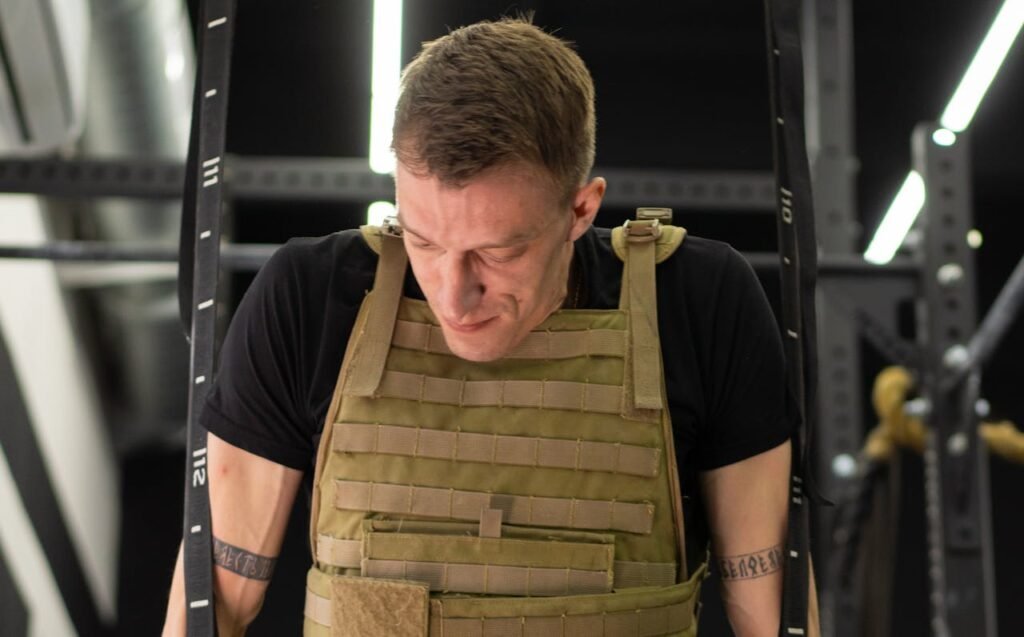
When bodyweight isn’t enough, weighted calisthenics is the next step. Dip belts let you add plates for pull-ups or dips. Weight vests are better for dynamic movements like push-ups or sprints.
Pros: Build raw strength and mass
Cons: Vests get hot fast; belts require space
Price Range: $20 – $80
6. Wrist Wraps & Liquid Chalk

Not required at first, but very helpful as you progress. Wrist wraps offer support during planche, handstands, or high-rep push-ups. Chalk helps with sweaty hands during long sessions.
Pros: Enhance grip and safety
Cons: Easy to over-rely on
Price Range: $10 – $25 each
Keep It Simple, Train Hard
You don’t need a warehouse of equipment to get strong with calisthenics. If you’re just starting out, invest in the Golden Trio: a sturdy pull-up bar, gymnastic rings, and a reliable pair of parallettes. With just these, you can build serious strength, flexibility, and control from the comfort of your home.
Add in a few bonus tools like resistance bands or a dip belt as your training evolves. The key is consistency—and a setup that supports your goals without cluttering your space or draining your wallet.
Want help choosing the right gear? Contact us here for weekly product picks!
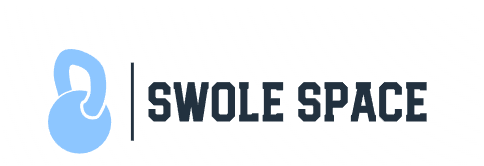
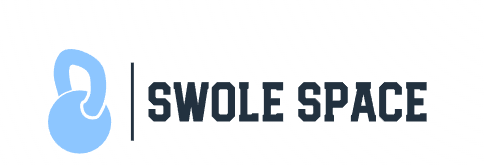
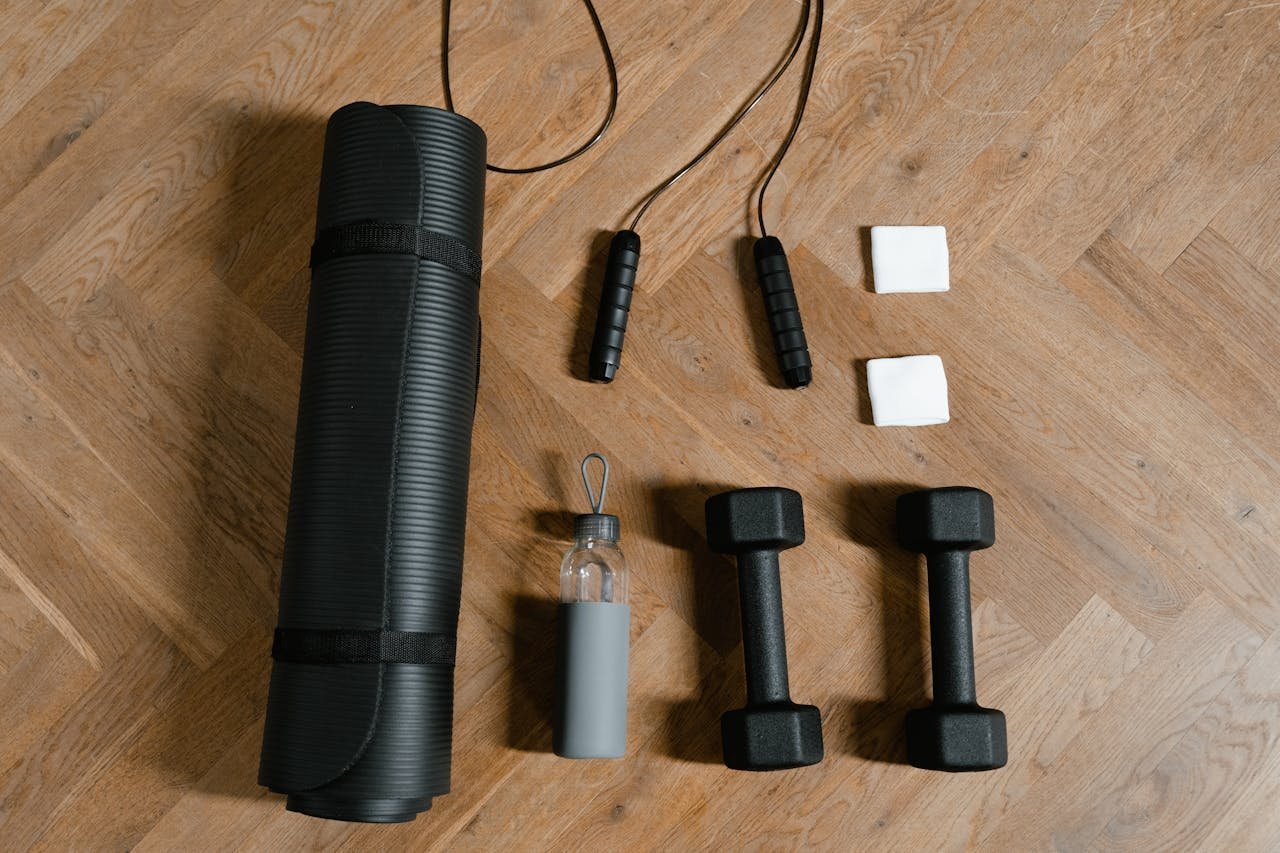











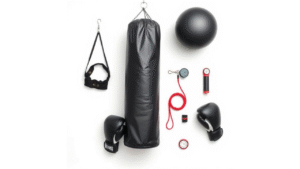
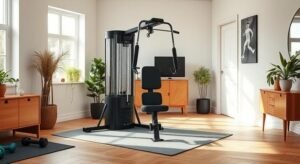
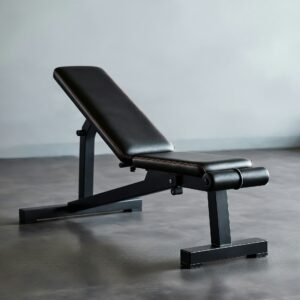
Pingback: Creatine monohydrate vs micronized creatine 2025 best choice
Pingback: Spin Bike vs Exercise Bike: 6 Smart Tips to Decide Today
Pingback: Best Calisthenics workout plan for Beginners: 3-Day Routine
Pingback: Top 3 best Weighted Sleds Every Home Gym Needs
Pingback: Calisthenics Back Workouts: best 5 Moves to Build Strength